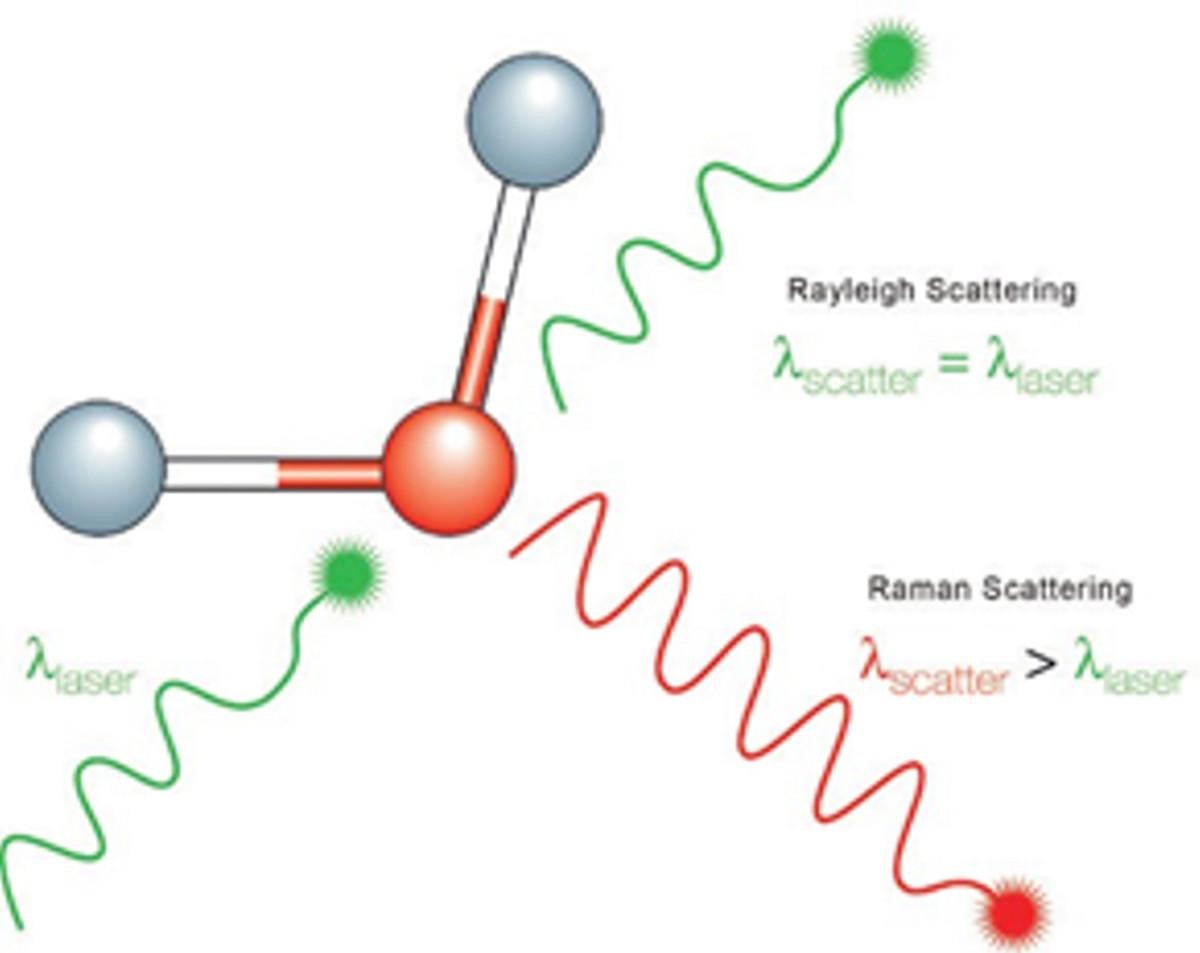Free Courses Sale ends Soon, Get It Now


Free Courses Sale ends Soon, Get It Now



Source: HORIBA
Disclaimer: Copyright infringement not intended.
Context
Details
Background
Breakthrough in Laser Spectroscopy
About Raman Spectroscopy
Principle of Raman Spectroscopy:
Applications:
Advantages and Limitations:
Sources:
|
PRACTICE QUESTION Q. Discuss the principles and applications of Raman spectroscopy in the field of analytical chemistry and materials science. How has Raman spectroscopy contributed to advancements in scientific research and technological innovation? (250 Words) |
© 2024 iasgyan. All right reserved